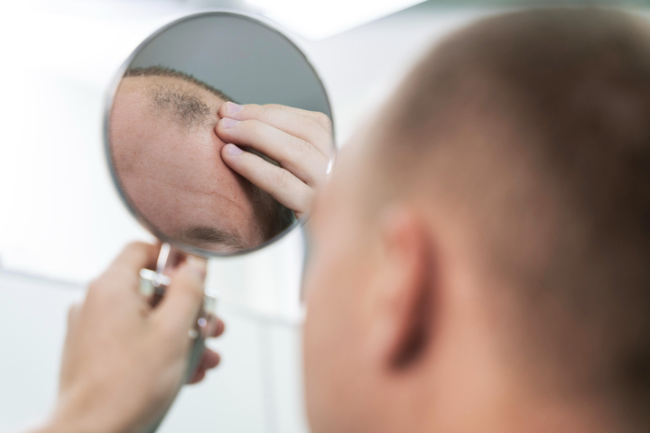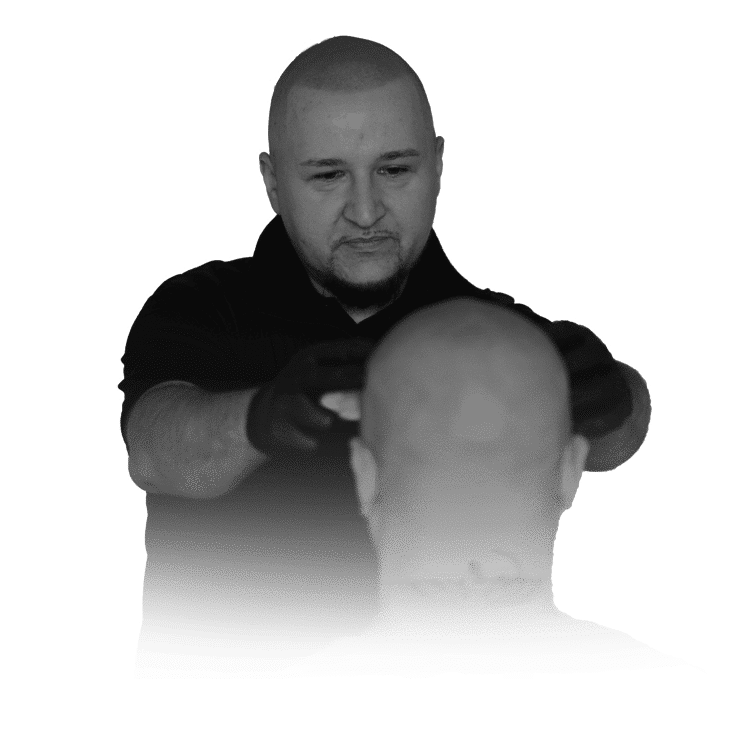Scalp Micropigmentation
Alopecia Hair Loss Treatment in Melbourne: Tips for Effective Results

Hair loss is a condition that affects both men and women, with androgenetic alopecia, commonly known as male or female pattern baldness, being the leading cause. Despite its prevalence, societal attitudes towards hair loss differ between genders. While baldness in men is often more socially accepted, the same cannot always be said for women.
Male pattern baldness (androgenic alopecia)
Male pattern baldness typically manifests as a receding hairline and bald patches on the crown of the head. Alopecia Treatments Melbourne for this condition include minoxidil, a topical lotion available over the counter, and finasteride, a prescription tablet. Additionally, cosmetic solutions such as camouflage sprays, wigs, and hair transplant surgery offer alternatives for those seeking to address the aesthetic aspects of hair loss.
In contrast, female pattern hair loss tends to present as scattered thinning across the top of the scalp rather than distinct bald spots. It affects over 55 per cent of women as they age, with varying degrees of severity. The hair loss is subtle for some, while others may experience moderate to severe thinning.
Hair loss in women (androgenetic alopecia)
Alopecia Hair Loss Treatment in Melbourne for female pattern hair loss includes topical minoxidil lotion, although caution is advised for pregnant or breastfeeding women. Prescription tablets like spironolactone, which possess antiandrogen properties, are also available under medical supervision. These treatments aim to mitigate hair loss and promote regrowth by addressing underlying hormonal factors contributing to the condition.
While there is no definitive cure for androgenetic alopecia in either men or women, the array of available treatments provides individuals with options to manage their hair loss effectively. Those experiencing hair loss should consult a healthcare professional to determine the most suitable course of action based on their needs and circumstances. For some, the above remedies may not be preferable, so read on for longer-lasting treatment.
Best treatment: Scalp Micropigmentation for Alopecia
Scalp micropigmentation (SMP) offers a fantastic alopecia hair loss treatment in Melbourne for both men and women dealing with hair loss. This straightforward procedure involves strategically placing pigment on the scalp to replicate hair follicles, providing a natural-looking result. Whether you're looking to fill in receding hairlines or achieve a clean-shaven appearance, SMP can restore confidence with its transformative effects.
After undergoing scalp micropigmentation for alopecia, your technician will provide guidance on post-procedure care. While it may require adjustments to your daily routine for about a month, the changes beyond the initial week are generally minimal.
Following the alopecia hair loss treatment in Melbourne, your scalp will display noticeable pigmentation, and you may experience some discomfort, although it should be minor. It's common to develop scabs during the healing process, which will gradually fade away.
In the days following the procedure, handling your scalp with care is important, treating it delicately like a healing wound. Avoid exposure to chlorine, saltwater, and similar substances, as they can interfere with healing. Your healing journey begins immediately after the SMP session, so refrain from washing the area directly and adhere to the technician's recommendations for optimal results.
Aftercare Essentials of Alopecia Treatments Melbourne
Proper aftercare is key to achieving optimal results as you embark on your alopecia treatments in Melbourne. Here's a breakdown of the recommended guidelines for each stage of the healing process, ensuring your scalp stays healthy and your pigment remains vibrant.
Days 1 - 4: Initial Recovery
Allowing your scalp to heal without interference is crucial during the first four days following your SMP treatment. Refrain from washing your head during this period to promote scab formation, which is a natural part of the healing process. Avoid activities that induce sweating, such as intense workouts, as perspiration can compromise the healing scalp. Additionally, resist the urge to touch your scalp to prevent the transfer of oils and bacteria.
Days 5 - 7: Gentle Cleansing
After the initial recovery phase, you can begin gently cleansing your scalp. Five days post-treatment, use a mild shampoo without exfoliants to wash your scalp. Opt for sulphate-free formulas and lukewarm water to ensure gentle cleansing without stripping the scalp of essential oils. To minimise irritation, you can also consider shaving your head at this stage, preferably with an electric foil shaver.
Days 8 - 14: Continued Care
As your scalp continues to heal, maintain diligent care to avoid complications. Refrain from scratching or using razor blades on your scalp, as these actions can increase the risk of infection. Instead, opt for an electric foil shaver for grooming. Massage the moisturiser into your scalp regularly to nourish the skin and aid recovery.
Days 15 - 30: Final Precautions
In the latter stages of the healing process, you're nearing a return to your regular routine. However, exercise caution to protect the integrity of the SMP treatment. Avoid activities that may compromise the pigment, such as swimming in chlorinated pools, exposure to saltwater, and prolonged sun exposure. Shield your scalp from UV rays by wearing sunscreen and hats when outdoors. By prioritising your scalp's health and safety, you'll ensure the longevity and vibrancy of your SMP results.
Long-term aftercare tips for alopecia treatment
Maintaining the vibrancy and longevity of your scalp micropigmentation (SMP) results requires consistent care beyond the initial healing period. Here are some essential tips to incorporate into your long-term aftercare routine:
- Avoid Tanning Beds: Even after the initial healing phase, your scalp remains susceptible to the effects of tanning bed light, which may diminish the appearance of the pigments over time.
- Moisturise Regularly: Keep your scalp well-hydrated by moisturising it regularly. Opt for gentle, non-comedogenic moisturisers to prevent clogged pores and maintain optimal scalp condition.
- Avoid AHA Products: Refrain from using products containing alpha hydroxy acids (AHAs) for washing your scalp, as these can interfere with the pigments. AHAs are known for their exfoliating properties, which may cause premature fading of the SMP pigments.
- Choose Alcohol-Free Products: Be mindful of the alcohol content in hair care products. Excessive alcohol can strip the scalp of its natural oils and compromise the integrity of the pigments.
Conclusion
Most types of alopecia develop without warning and progress at an unpredictable rate. While some may experience hair regrowth naturally, others require treatment to restore healthy hair growth. If you notice hair loss anywhere on your body, don't hesitate to visit a dermatologist. Luxe Micro, a leading hair loss clinic in Melbourne, offers a comprehensive approach to hair loss treatment, including options for alopecia.
FAQs
1. Is Stress a Cause of Alopecia?
Stress can act as a potential trigger for hair loss, particularly in telogen effluvium, a type of alopecia characterised by sudden hair shedding. Typically, hair loss occurs 3–5 months after exposure to emotional or physiological stressors.
2. How long should I avoid sweating and wetting my scalp after SMP?
It's recommended to avoid sweating and wetting your scalp for the first four days post-treatment to facilitate healing.
3. When can I start moisturising my scalp after SMP?
You can start moisturising your scalp immediately after the initial four-day period. Regular moisturising helps maintain hydration and promotes skin health.
4. Can I wash my hair after SMP?
You can safely wash your hair and scalp four days after SMP treatment. Use a mild, sulphate-free, non-exfoliating product to cleanse your scalp without affecting the pigments.
5. Is sunscreen necessary after SMP?
Yes, applying sunscreen to your scalp is essential, especially after day four post-treatment. Sunscreen helps protect the treated area from harmful UV rays, preventing pigment fading and skin damage.
For a free consultation call 1300 131 667 or
Contact Us.
Luxe Micro Melbourne Australia Team.







